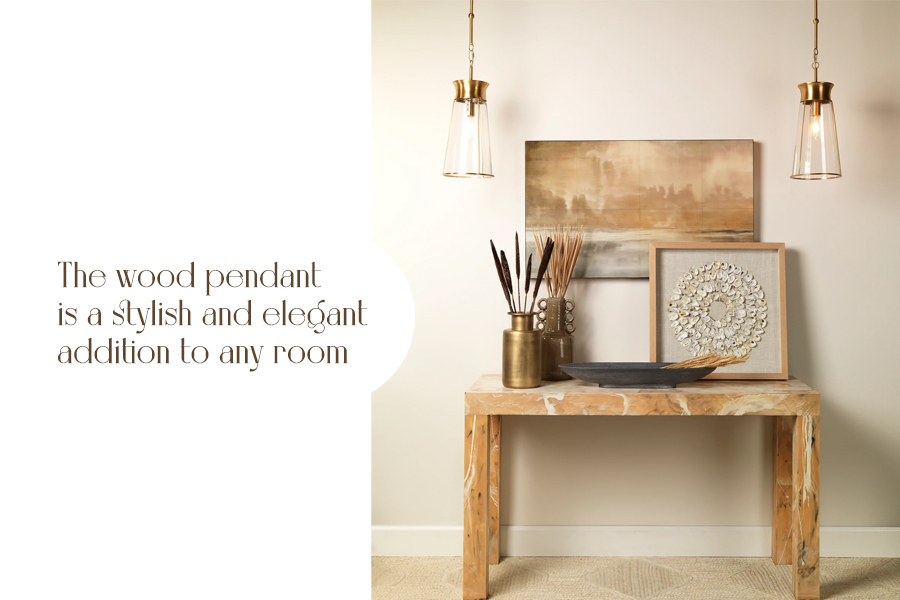(This Paper was prepared by Coursework Essay Writing Service)
Mass media has always had an impact on the perceptions of beauty and body image. In the past, the media was not as pervasive as it is today, so its influence was not as great. With the advent of the social media and internet, the reach and media power has increased exponentially. The impacts of the media on body image can be both positive and negative. On the positive side, the media can be a force for good by promoting body acceptance and helping people to see that there is no one “perfect” body type. On the negative side, the media can reinforce harmful stereotypes and messages about how our bodies should look (Saiphoo and Vahedi, 2019).
The way people see themselves is often influenced by what they see in the media. If people are constantly bombarded with images of unrealistic body types, they can start to believe that this is how they are supposed to look. This can lead to feelings of inadequacy and low self-esteem, particularly in young people. It is very rare to see images of normal, average people in the media. Instead, people are bombarded with images of perfect, airbrushed bodies. These bodies are usually only attainable through extreme dieting and exercise, or even surgery. This can put a lot of pressure on people to look a certain way, and it can make them feel bad about themselves because they don’t look like the celebrities they see on TV (Franchina and Coco, 2018).
The media impact on the body image has been studied extensively. Exposure to thin-ideal images has been linked to body dissatisfaction, depression, and disordered eating in both men and women, according to some studies. According to other research, the more time that people spend on the internet, the more likely people are to make comparisons to others and develop body image problems. This is especially harmful to children and teenagers, who are still evolving their sense of identity (Saiphoo and Vahedi, 2019). It’s critical to recognize the media’s influence on body image and to try to counteract it with positive thoughts about body confidence and self-love.
One of the most damaging things about the media’s portrayal of the “perfect” body is that it is often unattainable. The average woman is not a size zero with perfect skin and bone-straight hair. Nor is she five-foot-ten with long, lean legs. But the media would have people believe that this is what all women should aspire to be. This is simply not realistic, and it can be very damaging (Franchina and Coco, 2018). When girls see these images, they often compare themselves to them and feel inferior. They start to believe that they need to lose weight, or that they are not pretty enough. This can lead to a wide array of problems, including depression, eating disorders, and low self-esteem. It is important for girls to understand that the media’s portrayal of the “perfect” body is not realistic, and that they are beautiful just the way they are.
The media doesn’t always have to be negative, though. There are ways that the media can help people to feel better about their bodies. For example, the media can show a more diverse range of body types, and can avoid portraying only one type as the “ideal.” Additionally, the media can avoid using airbrushing and other forms of Photoshop to make people look perfect, as this can also lead to unrealistic expectations (Saiphoo and Vahedi, 2019).
One way to combat the negative impact of the media on body image is to seek out alternative sources of information and images. There are many body-positive and self-love movements online and on social media that can help to offset the negative messages about bodies that people see in the media (Franchina and Coco, 2018). These movements can provide a much-needed counterbalance to the unrealistic images that people see in the media, and can help them to develop a more positive body image.
Another way to combat the negative impact of the media on body image is to celebrate one’s own unique beauty. People need to remember that there is no one “perfect” body type and that everyone is beautiful in their own way. They can do this by surrounding themselves with positive messages about body image, and by accepting and celebrating their own bodies just the way they are (Saiphoo and Vahedi, 2019).
Finally, people need to talk about the issue. They need to talk about the way that the media portrays bodies, and they need to talk about how these portrayals can impact their own body image. People need to have open and honest conversations about the way they feel about their bodies, and they need to support each other in their journey to body acceptance (Franchina and Coco, 2018).
In conclusion, the effects of the media towards body image is complex. Media can both harm and help, depending on how it is used. If the media only shows one type of body as being ideal, then it can lead people to develop negative body image. However, if the media shows a more diverse range of body types and avoids airbrushing, then it can help people to feel better about their own bodies.
References
Franchina, V., & Coco, G. L. (2018). The influence of social media use on body image concerns. International Journal of Psychoanalysis and Education, 10(1), 5-14.
Saiphoo, A. N., & Vahedi, Z. (2019). A meta-analytic review of the relationship between social media use and body image disturbance. Computers in human behavior, 101, 259-275.








